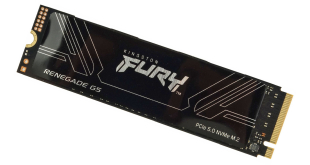It doesn’t matter how good any of the synthetic suites are, the real meat of the testing has to be under absolute real world conditions. This proves difficult as to record results we have to narrow down fluctuation. Therefore while we would say these are the most useful results to get from this review, there is always going to be a slight margin for error – its not absolutely scientific.
Firstly we installed a fresh copy of Windows 7 Ultimate 64bit Edition onto each of the drives and performed a clean update from Microsoft with all patches and security fixes. We then install a basic suite of software, such as Office, Firefox and Adobe Design, then we install AVG free antivirus. We used a digital watch for this startup and repeated the test five times for each drive – once we had these five results we averaged the results and took that for the final figure.
Windows Boot time is much as we would expect, and no different with the latest firmware, scoring 23 seconds.
We noticed a repeatable 1 second speed increase with the latest firmware. Hardly noticeable in the real world mind you.
 KitGuru KitGuru.net – Tech News | Hardware News | Hardware Reviews | IOS | Mobile | Gaming | Graphics Cards
KitGuru KitGuru.net – Tech News | Hardware News | Hardware Reviews | IOS | Mobile | Gaming | Graphics Cards





Good drives, I actually bought a 128gb version in january. been flautless for me.
It is a good point that sandforce are known to fail, even if they are very quick. I know a lot of people on forums who got burned with OCZ and corsair branded sandforce drives.
I still think its a bad time to buy an SSD, later this year or 2013 will have the next generation which will completely saturate 6 Gbps when compressed and incompressed